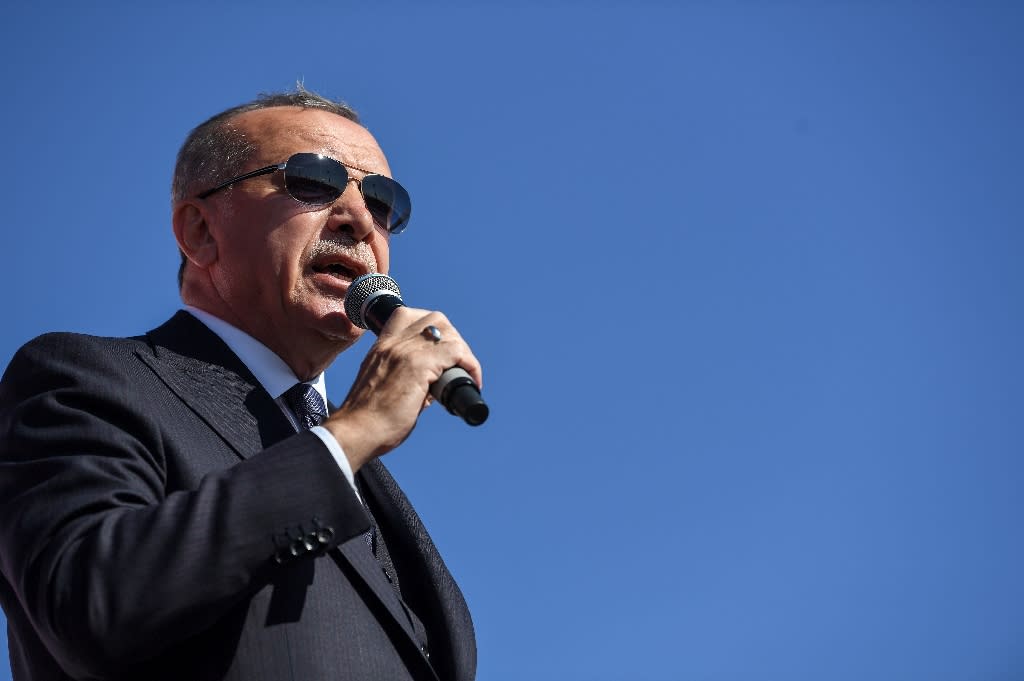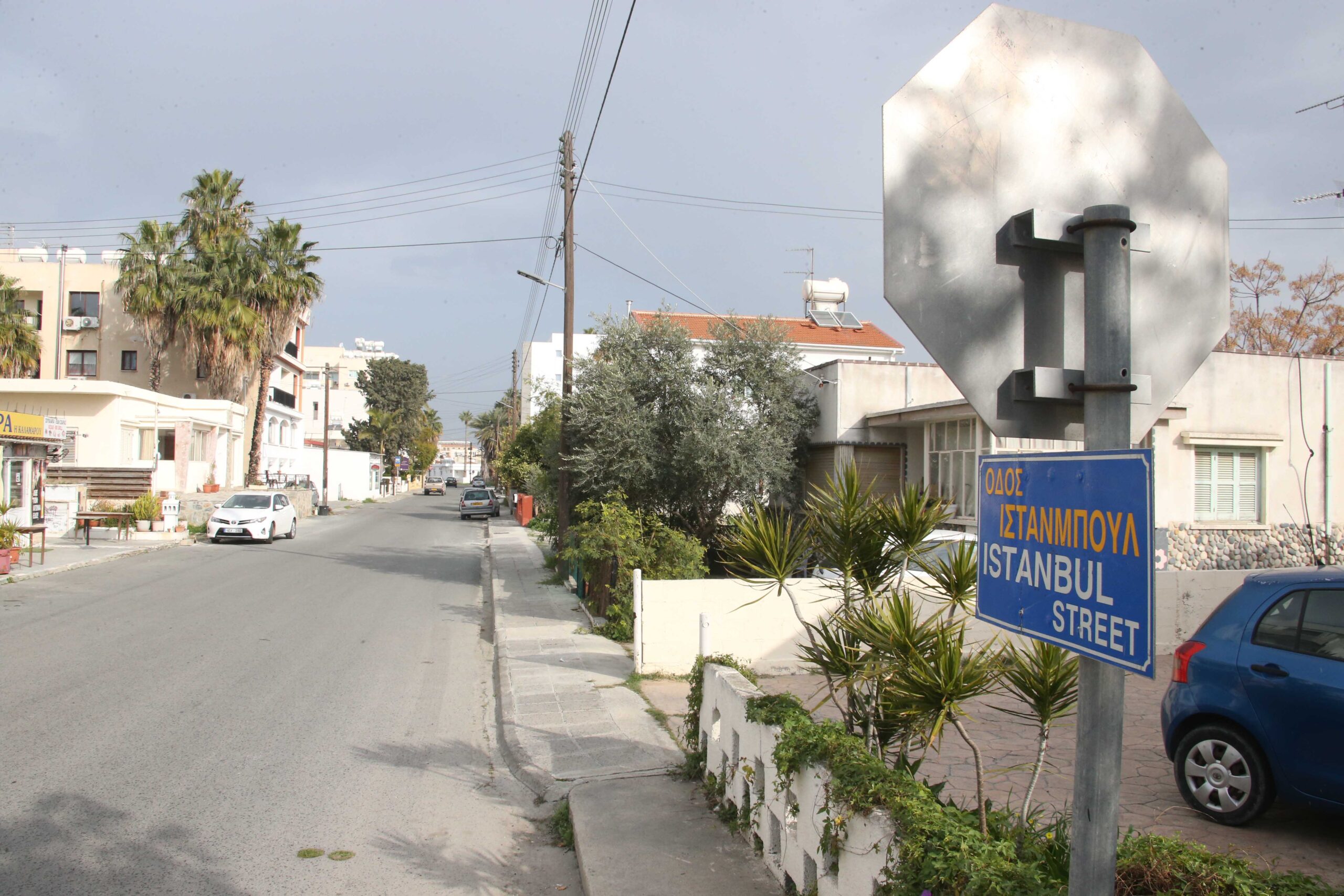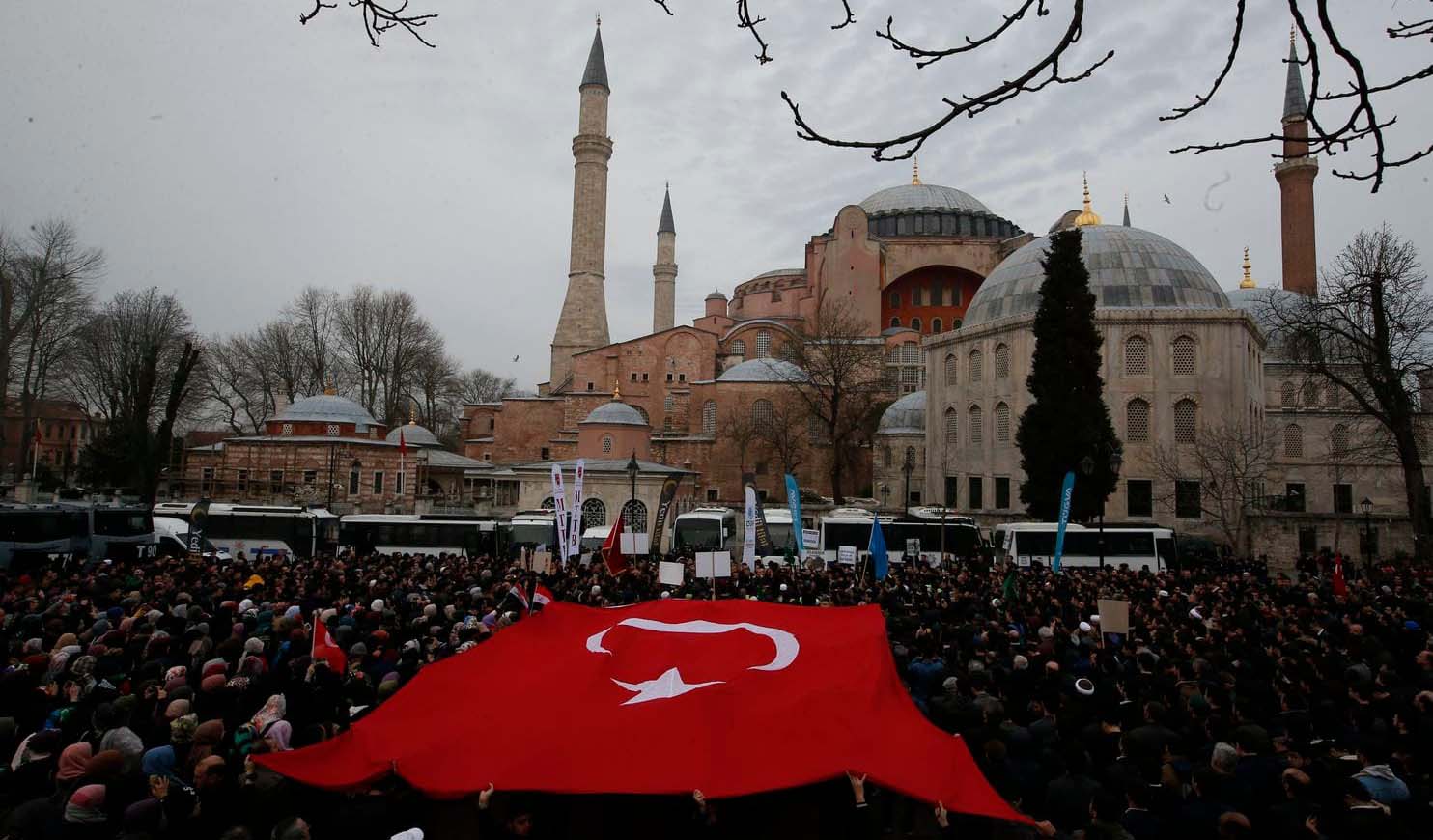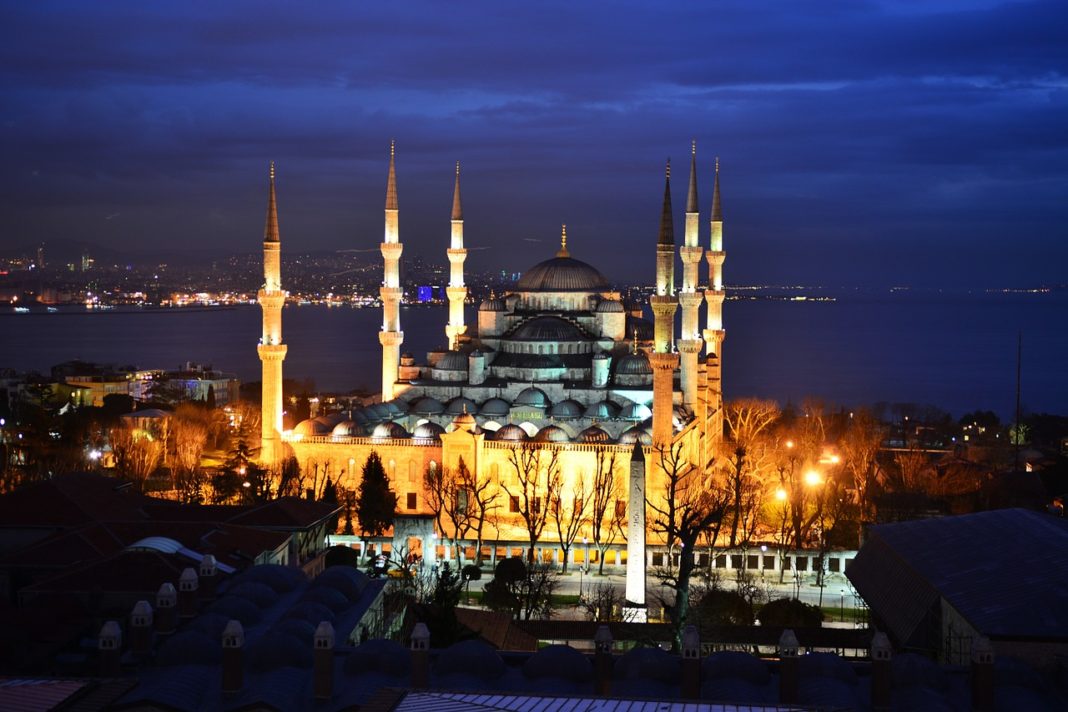

As with any international trip by plane, weather conditions can affect flight time.

How long is the flight from London to Istanbul?Ī.

The currency in Istanbul is the Turkish lira, although some businesses, hotels and restaurants accept the Euro and in some cases, U.S. It continues to be a busy, highly trafficked waterway today, with tankers, ships, local fishing boats and ferries traveling it daily.

It is a historically significant waterway, given that it separates the two continents, Europe and Asia, and allows passage to the seas. It connects the Black Sea to the Sea of Marmara. The Bosphorus is a narrow waterway that runs through the city, bisecting European Turkey from Asian Turkey. Shopkeepers will likely offer visitors tea because negotiations, especially on pricier items, can take hours.This place is enormous you might not get to it all in one day, so if you're really planning to shop it might be wise to plan more than one visit.Ī. At the Grand Bazaar, bargaining and haggling is expected and encouraged.Plan to drink cups of tea as you stroll through the lanes, comparing prices and examining wares. While it is heavily trafficked by tourists, it's worth a visit. It is one of the oldest covered markets in the world and a great spot to get a taste of the old city. Each pier of the mosque is lined with over 20,000 handmade ceramic tiles.Īnother popular destination is the Grand Bazaar. Women must wear a head covering when entering the mosque these are available at the entry door. The Blue Mosque was built to face the Hagia Sophia, and was somewhat inspired by its design.Non-Muslim visitors need to use a special entrance to access the mosque, and it is closed during the five daily prayers. Known as the Blue Mosque because of the blue tiles on the interior walls, it currently functions as a mosque, but also holds a madrasa and a hospice. The Sultan Ahmed Mosque, more popularly known at The Blue Mosque, was built between 16 during Ahmed I's rule. The only existing dome larger than Hagia Sophia's is at the Parthenon in Rome. The Hagia Sophia was built as a church, then converted to a mosque and currently is a museum.The mosque was converted into a museum by Ataturk in 1935, and continues to be one of the most culturally rich monuments to history and early civilization in existence. Chosen as a world heritage site by UNESCO in 1985, Hagia Sophia was built by Emperor Justinian I in the sixth century and remained the center of Orthodox Christianity until the Ottoman conquest in 1453, when it became a mosque. Hagia Sophia is one of the most significant monuments for both the Byzantine and Ottoman empires. In 1924 the palace was converted to a museum that was open to the public. Topkapi Palace was built between 14 by Sultan Mehmet II the Conqueror.The palace's location on a hillside overlooking the Bosphorus Strait makes it ideal for sightseers interested in both the history of the city and the natural beauty of the region. Topkapi Palace is one of the city's most prominent museums, and was formerly the primary residence and administrative headquarters of the Ottoman sultans during the 15th century. Istanbul is an ancient city with many preserved ruins, palaces, cultural artifacts and architectural points of interest. Istanbul's population is approximately 14.5 million people. The name was not officially mandated to the rest of the world until 1930. Although the city was referred to as both Constantinople and Istanbul by the Byzantines, the name was not officially changed until Mustafa Kemal Atatürk, the republic of Turkey's first president, renamed the city Istanbul in the 1920s. It was later called Constantinople, after the Roman Emperor Constantine who moved the seat of power to the city from Rome. Initially, the Greeks referred to the Byzantine capital city as "Byzantion", while during the same period, Romans called it "Byzantium". Who renamed the Byzantine capital Istanbul?Ī.


 0 kommentar(er)
0 kommentar(er)
